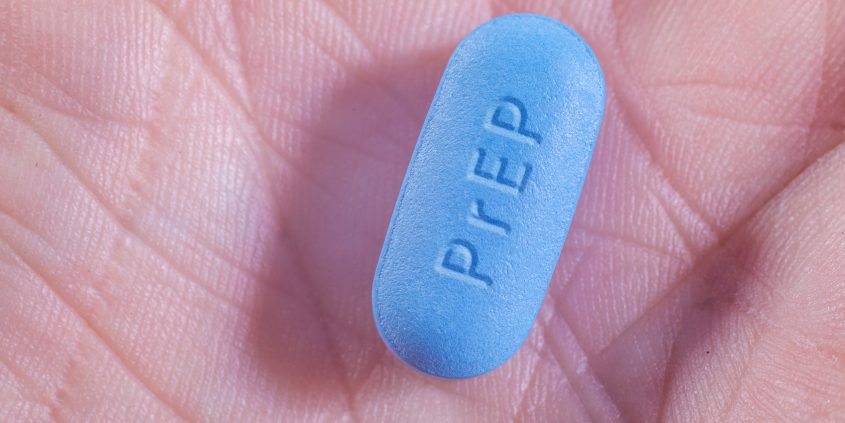
New Report Examines Covered California’s Impact on HIV Pre-Exposure Prophylaxis Southern California HIV Policy Research Center releases policy brief to help individuals examine health plan options for PrEP under Covered California
The Southern California HIV/AIDS Policy Research Center has released a new report that will help consumers better understand the cost of accessing pre-exposure prophylaxis (PrEP) through Covered California health plans. Open enrollment for Covered California, the state’s health insurance marketplace, begins this week.
The Southern California HIV/AIDS Policy Research Center is a partnership between the UCLA Luskin School of Public Affairs, APLA Health and the Los Angeles LGBT Center. Ian Holloway, assistant professor of Social Welfare at UCLA Luskin, is the center’s principal investigator.
PrEP is an HIV prevention strategy in which HIV-negative individuals take a daily medication to reduce their risk of becoming infected. When taken every day PrEP is up to 99 percent effective. Truvada, the only medication currently approved for PrEP, is expensive and so it is important for individuals who are considering PrEP to carefully examine their options before enrolling in a new health plan, according to Holloway.
The report, PrEP Cost Analysis for Covered California Health Plans, found that, with a co-pay card from the drug manufacturer, PrEP could cost individuals less than $400/year on all Covered California health plans except Bronze plans. These costs do not include monthly premiums and assume that medical and pharmacy deductibles have not been met. Covered California recently announced average premium increases of 13.2 percent for 2017.
“It is very important for consumers to find a plan that best meets their health needs and budget,” Holloway said.
Before enrolling in a new health plan, individuals who are considering taking PrEP should consider a number of factors: monthly health plan premiums, co-pays for the medication and co-pays for regular doctor visits and laboratory tests. These costs vary significantly, however, depending on age, income, area of residence and other factors.
The report includes examples of the total costs (both out-of-pocket costs and monthly premiums) associated with accessing PrEP via Covered California for individuals of different ages and incomes from different regions of California.
Earlier this year, the California Legislature approved the development of a PrEP financial assistance program. The program, set to launch in spring 2017, will cover all PrEP-related out-of-pocket costs for qualified individuals with annual incomes below 500 percent of the federal poverty level.
A downloadable version of this report is available online.
The California HIV/AIDS Research Program supports two collaborative HIV/AIDS Policy Research Centers for research and policy analysis that address critical issues related to HIV/AIDS care and prevention in California. These centers include UCLA, APLA Health, Los Angeles LGBT Center, UC San Francisco, San Francisco AIDS Foundation and Project Inform.



Leave a Reply
Want to join the discussion?Feel free to contribute!